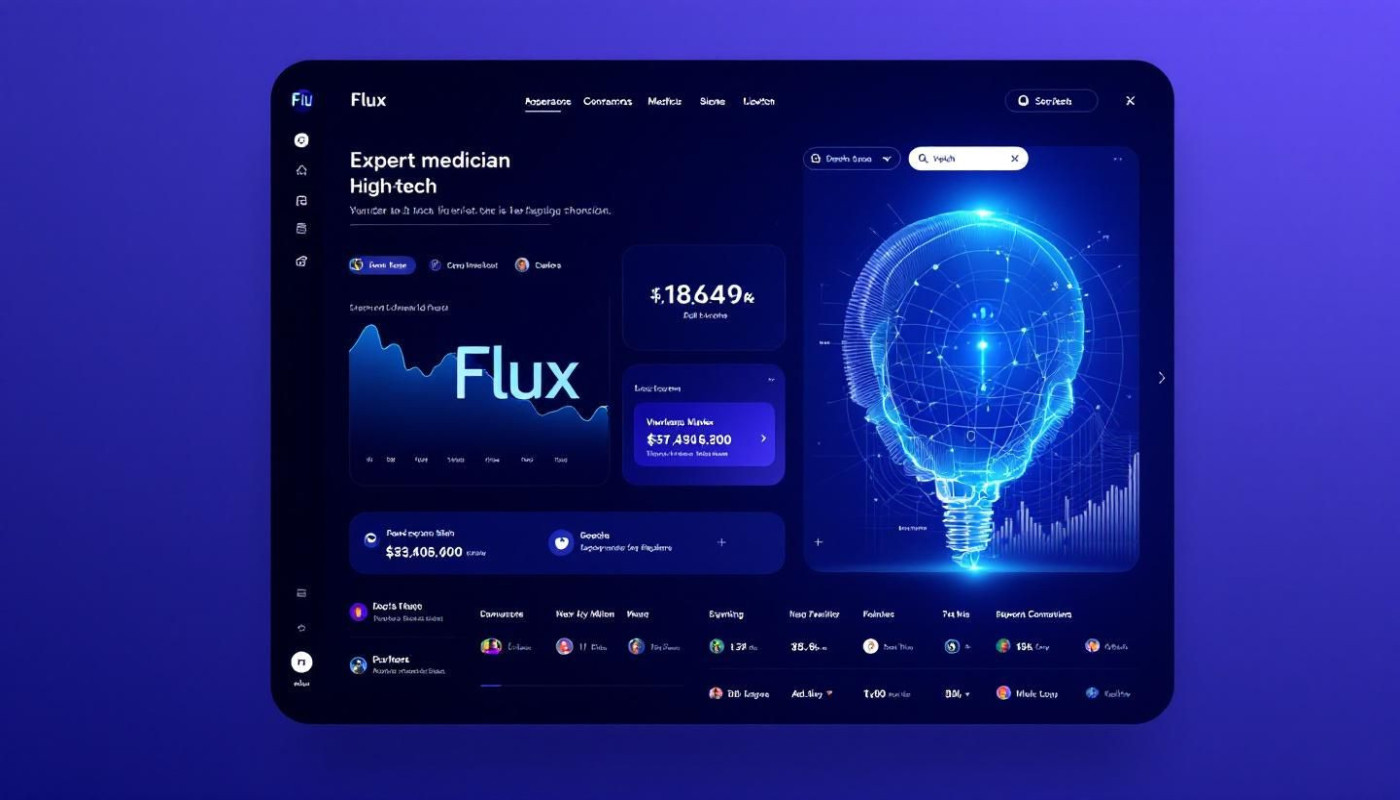Table of contents
In an age where sustainability is no longer a choice but a necessity, businesses are increasingly turning their focus to the circular economy. This approach not only helps in conserving natural resources but also paves the way for innovative business practices that can lead to economic growth and environmental protection. Dive into the world of the circular economy to discover how emerging trends are redefining the landscape of sustainable business operations, and why adapting to these trends is integral for the future success of any organization.
The Pillars of Circular Economy
The circular economy represents a transformative approach to production and consumption, one that's designed to conserve resources, minimize waste, and extend the value of products. At its core, the circular economy is built on the principles of product life extension, resource efficiency, and the reduction of waste to the barest minimum. Traditional business models have largely followed a linear 'take-make-dispose' trajectory, which contributes significantly to environmental degradation. However, sustainable business practices are increasingly embracing a circular model—a regenerative loop that maintains the flow of materials through the economy without generating waste.
Key to this paradigm shift is the concept of a 'closed-loop system,' whereby products are designed and utilized in a manner that allows them to be cycled back into the production process at the end of their use phase, thereby reducing the need for raw materials and diminishing environmental impact. Resource recovery and waste reduction strategies are integral to this model, ensuring that every possible value is extracted from materials. In the same vein, product lifecycle management becomes a focal point, aiming for durability, reparability, and recyclability. Regenerative design further underscores the need for products and processes that contribute positively to the environment, establishing a harmonious balance between industry and nature. For any CEO or Sustainability Officer committed to steering their company towards resilience and sustainability, these principles aren't just trends but necessities for future-proofing their business and contributing to a healthier planet.
Innovative Business Models for Sustainability
Amidst the rising tide of environmental awareness, companies are increasingly adopting circular business models that prioritize sustainability. These innovative strategies are transforming the traditional landscape of consumption, where the acquisition of goods is replaced by an emphasis on services. Notable among these models are leasing and product-as-a-service (PaaS) offerings, which have begun to alter the relationship between consumers and products. Instead of owning items, consumers are now able to access the services these items provide, thus reducing waste and the need for constant production of new goods.
Such models inherently advocate for durability in design, as products must withstand repeated use over longer periods. This shift challenges manufacturers to create durable, repairable, and upgradeable items, which can have a significant impact on resource efficiency. Additionally, the adoption of sustainable business models has sparked an increase in repair and maintenance services, ensuring products have longer life spans and reducing the overall environmental footprint of the goods we use. By embracing the leasing economy and PaaS, businesses are not only aligning with sustainable practices but also uncovering new revenue streams and opportunities for customer engagement.
Leaders in innovation such as Chief Innovation Officers or Heads of Product Development are at the forefront of this paradigm shift, integrating concepts like "sustainable business models" into the core of company operations. Their role is pivotal in driving the movement toward a circular economy, where the lifecycle of products is extended and their value is maximized. By doing so, these leaders are not only contributing to the environmental cause but also setting new standards for responsible business in the 21st century.
Technology's Role in the Circular Economy
In the pursuit of sustainable business practices, the advent of cutting-edge technologies has been instrumental in enhancing the circular economy. One of the key benefits of these technologies is improved supply chain traceability, which enables businesses to monitor and manage resources more effectively throughout the product's lifecycle. Data analytics plays a pivotal role in this transformation, providing insights that help companies optimize their use of resources, reduce waste, and make informed decisions that align with sustainability goals.
Similarly, the Internet of Things (IoT) has emerged as a game-changer for resource tracking technology. By equipping products and materials with sensors, businesses can now track the flow and condition of resources in real time. This level of monitoring not only boosts efficiency but also supports the regeneration of products, as materials can be reclaimed and reused at the end of their initial lifecycle. Furthermore, blockchain technology is being leveraged to provide unmatched transparency across the supply chain. Its decentralized ledger ensures that every transaction and movement of goods is recorded, tamper-proof, and accessible, fostering trust among stakeholders and consumers eager for ethical and sustainable production methods.
These technological advancements are not standalone solutions but are interconnected components of a robust circular economy framework. When a Chief Technology Officer or an IT Department Head integrates these technologies, they pave the way for a transparent, efficient, and resilient system. The incorporation of blockchain for transparency, coupled with the predictive power of data analytics in sustainability, positions businesses to lead in the transition towards a future where economic growth and environmental stewardship go hand in hand. It is through such circular economy technologies that the modern enterprise can achieve a harmonious balance between profitability and planetary wellbeing.
Collaboration and Partnerships for Circular Solutions
The success of circular economy models hinges on the synergistic partnerships that transcend traditional industry boundaries. These collaborative efforts are the backbone of developing and implementing effective circular solutions that can be scaled and adapted across different sectors. Cross-sector collaboration brings together diverse expertise and resources, enabling a holistic approach to sustainability challenges. Through such alliances, businesses can leverage each other's strengths, drive innovation, and create value-added processes that benefit all stakeholders.
Public-private partnerships play a pivotal role in this context, serving as a bridge between government bodies, corporations, and the wider community. Such partnerships are often instrumental in aligning circular economy goals with regulatory frameworks and environmental policies, ensuring that sustainability initiatives have a robust foundation for success. Circular economy alliances further enhance this collaborative landscape by uniting organizations with a shared vision for a sustainable future, facilitating knowledge transfer, and fostering a culture of innovation.
Shared platforms for sustainability are another key element, offering a space for stakeholders to collaborate on circular initiatives. These platforms can streamline the development of circular practices, providing tools and resources that support the collective pursuit of sustainability. Additionally, they play a significant role in scaling circular solutions, by allowing successful models to be replicated and adapted to different contexts and markets, thus maximizing their impact. The integration of such platforms into business strategies is a testament to the growing recognition that a circular economy is not just a series of individual efforts but a concerted movement that requires widespread participation and commitment.
Policy and Regulation Driving Circular Economy
As nations grapple with the pressing need for environmental conservation, policy and regulation emerge as powerful catalysts to drive corporate adoption of circular economy practices. Through a framework of environmental policy, circular economy regulation, and a range of government incentives for sustainability, businesses are coaxed into re-evaluating their production and consumption models. These regulations often mandate corporate environmental responsibility, ensuring that the private sector is held accountable for the lifecycle of their products and services. A key technical term in this realm is "extended producer responsibility," which requires companies to take charge of their products post-consumer use, thus incentivizing the design of more sustainable and reusable commodities. Additionally, adherence to evolving sustainability standards can not only minimize ecological footprints but also safeguard businesses against future resource scarcity and potential regulatory risks. A Policy Advisor or Head of Compliance would likely emphasize that integrating these regulatory parameters is not merely a legal obligation but a strategic maneuver to align with consumer expectations and secure a competitive edge in a market increasingly sensitive to sustainability.





